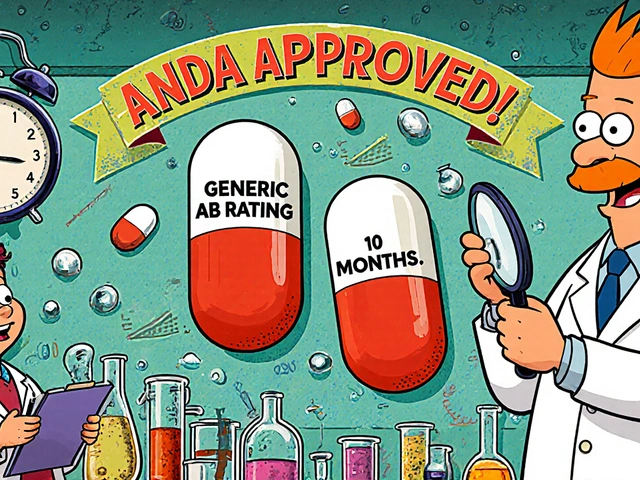PPI Price Comparison: How to Get the Lowest Cost on Your Heartburn Medicine
Ever looked at the price tag on your PPI prescription and wondered why it’s so high? You’re not alone. Many of us pay more than we need to for drugs like omeprazole, esomeprazole, or lansoprazole. The good news? A quick price check can shave off dozens of dollars. Below you’ll find a no‑nonsense guide to comparing PPI prices, spotting safe generic options, and buying without getting ripped off.
Why Prices Vary So Much
Pharmacy pricing isn’t random; it’s a mix of brand name premiums, insurance contracts, and pharmacy markup. A brand‑name PPI such as Nexium often costs two‑to‑three times more than its generic counterpart. Insurance can also meddle – some plans cover the brand but not the generic, or vice‑versa. Understanding these moving parts helps you know where the savings hide.
Step‑by‑Step Price‑Checking Checklist
1. Know the generic name. Every PPI has a generic version: omeprazole (Prilosec), esomeprazole (Nexium), pantoprazole (Protonix), rabeprazole (Aciphex), and lansoprazole (Prevacid). Type the generic into a price‑comparison site or pharmacy app. You’ll instantly see the cheapest offer.
2. Use multiple sources. Don’t rely on one pharmacy’s price. Check large chains, local independents, and reputable online pharmacies. Sites like GoodRx, PharmacyChecker, or even Google Shopping can pull up a quick list.
3. Look for coupons and discounts. Many manufacturers and pharmacy chains publish printable coupons. A $10 off coupon on a 30‑day supply can tip the scales dramatically.
4. Verify the pharmacy’s legitimacy. If you’re buying online, confirm the pharmacy has a valid license, a physical address, and a pharmacist you can contact. Look for a “Verified Internet Pharmacy Practice Sites (VIPPS)” seal or a UK‑specific MHRA registration if you’re outside the US.
5. Check your insurance coverage. Some insurers have preferred pharmacy lists that offer lower co‑pays. Log into your member portal and compare the listed price for the exact dosage you need.
Following this checklist usually lands you a price that’s 30‑50% lower than the first quote you saw.
Safety Tips When Buying Cheap PPIs
Saving money is great, but not at the expense of safety. Always confirm that the product is the correct strength and dosage form (tablet, capsule, or liquid). If a deal looks too good to be true – for example, a 90‑day supply for the price of a 30‑day pack – double‑check the source. Counterfeit pills often lack the active ingredient or contain harmful fillers.
When in doubt, call the pharmacy’s customer service line. A real pharmacist will answer questions about the drug’s appearance, expiration date, and storage. A quick call can prevent a costly mistake.
Real‑World Example: Saving on Omeprazole
Say you need a 30‑day supply of 20 mg omeprazole. Brand name Prilosec costs $45 at a major chain, while the same dosage from a reputable online pharmacy is $12. After applying a $5 coupon, the total drops to $7. That’s a 85% reduction – all without sacrificing quality.
Keep a small notebook or phone note with your favorite price‑checking sites, coupon links, and trusted pharmacy contacts. The next time you need a refill, you’ll have a ready‑made plan instead of staring at the price tag.
Bottom line: PPI price comparison is simple once you know the generic name, shop around, and verify the seller. Use the steps above, stay alert for safety, and watch your medication bill shrink.




